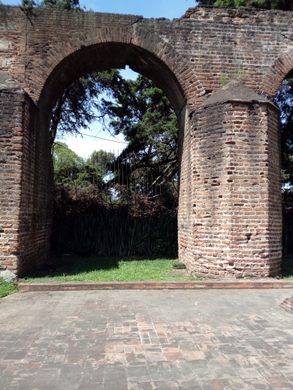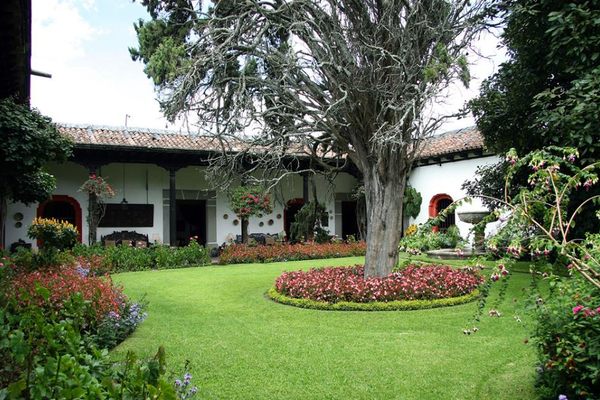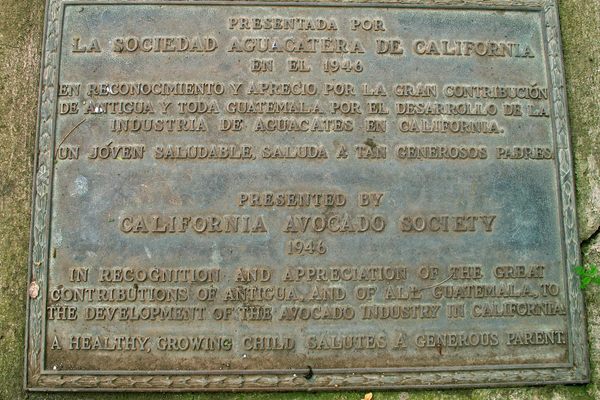Pinula Aqueduct
It's not quite as old as its Roman appearance suggests, but this piece of infrastructure served Guatemala City for centuries.
Following an earthquake in 1773, Guatemala decided to move its capital city from Antigua to a new location, one ostensibly safer from natural disaster. But the new chosen location needed a consistent water source. The nearest viable source of water was to be found from the Pinula River, some five miles from the city center.
To transport the water, the architect José Bernardo Ramírez, who planned much of what would become Guatemala City, designed an aqueduct constructed of bricks and cement. He was inspired by the Oviedo Aqueduct in Spain, which itself was nearly two centuries old at that point. Construction was completed in 1786, and the aqueduct supplied water to the city for over 150 years, until more modern systems replaced it in 1938. Despite its long years of service, it had been damaged in earthquakes in 1917 and 1918.
Besides its use in supplying water to the city, the aqueduct became a popular place for duels. One of the most important of these, in the mid-19th century, was to be between the then-President of Guatemala, General Rafael Carrera, and Marshal Serapio Cruz, who was plotting to carry out a coup d’etat. When word reached the President, he immediately challenged Cruz to a duel, which was to take place on the aqueduct. When the day came to fight, Cruz backed down, swearing that he had not been plotting anything, preserving the presidency of Carrera.
Know Before You Go
The aqueduct is viewable from many different points along the 20 calle and Boulevar Liberación in Zones 10, 13, and 14 of Guatemala City.
Community Contributors
Added by
Edited by
Plan Your Trip
The Atlas Obscura Podcast is Back!



















Follow us on Twitter to get the latest on the world's hidden wonders.
Like us on Facebook to get the latest on the world's hidden wonders.
Follow us on Twitter Like us on Facebook